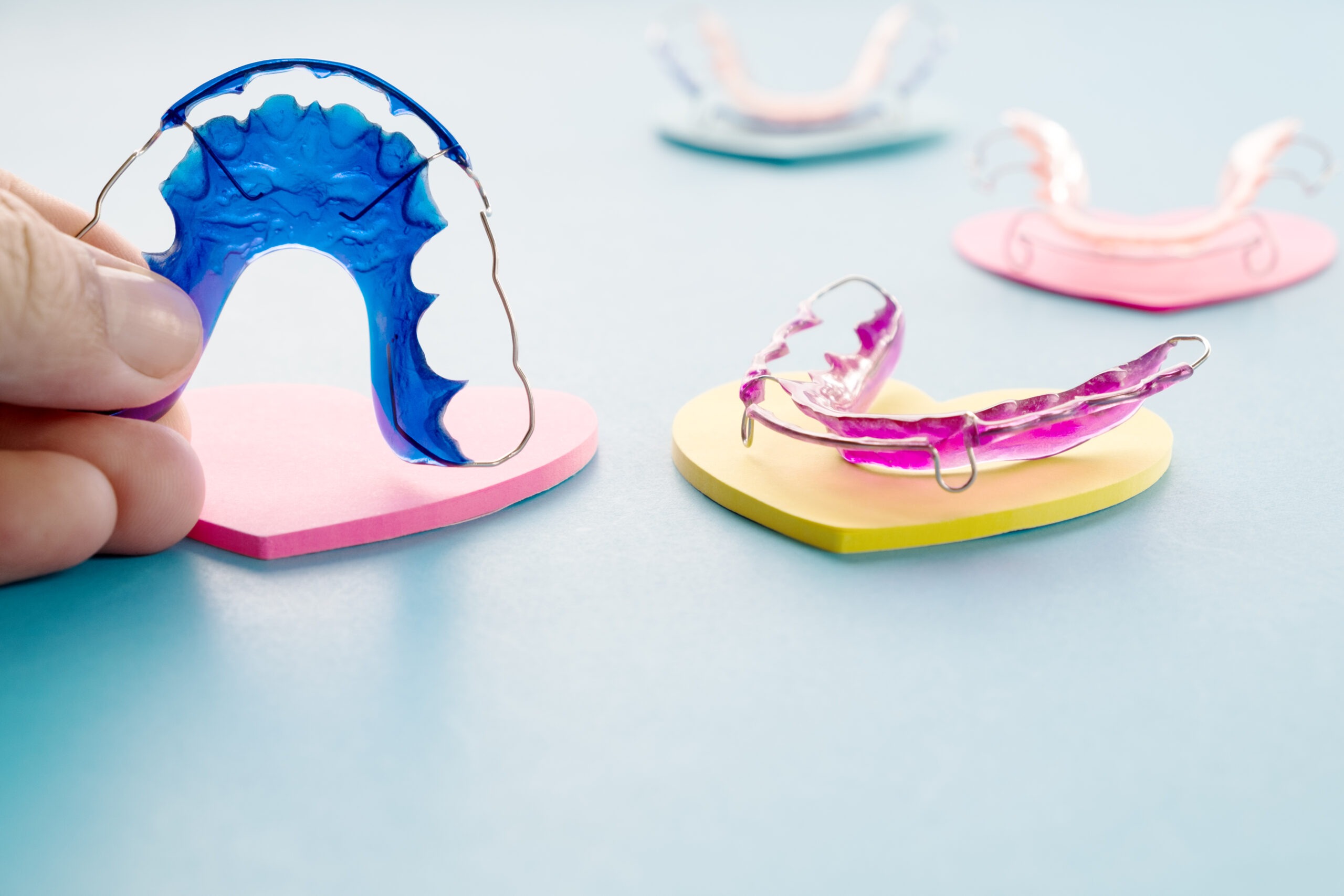At Align Orthodontics, we believe that a confident smile starts with a healthy foundation—and sometimes, that foundation needs a little more space. That’s where palatal expanders come in.
If your child has been recommended an expander or you’re curious about what it does, this blog post will walk you through everything you need to know: what it is, how it works, and why it’s an important tool in early orthodontic treatment.
What Is a Palatal Expander?
A palatal expander is a custom-fitted orthodontic appliance that gradually widens the upper jaw (also called the maxilla). It’s most often used in growing children to correct jaw and bite issues, especially when the upper jaw is too narrow compared to the lower jaw.
Since the bones of the upper jaw don’t fully fuse until the mid-teen years, using an expander during childhood takes advantage of the body’s natural growth patterns to guide jaw development.
Why Would an Expander Be Recommended?
– Correcting a Crossbite: When the upper teeth bite inside the lower teeth, it’s often due to a narrow upper jaw.
– Creating Room for Crowded Teeth: By widening the jaw, an expander can make space for teeth to erupt properly, potentially avoiding extractions down the road.
– Improving Breathing: In some cases, expanding the palate can help open the nasal passages, leading to better airflow and easier breathing—especially during sleep.
Orthodontic expansion is a proactive way to address these problems before they become more complicated in adolescence or adulthood.
How Does an Expander Work?
The expander is bonded to the upper molars and rests against the roof of the mouth. In the center of the appliance is a tiny screw mechanism. By turning the screw with a special key—usually once or twice a day—gentle pressure is applied to the two halves of the upper jaw, encouraging them to move apart.
Each small turn adds a fraction of a millimeter to the width of the palate. Over a few weeks, the jaw expands gradually and safely.
What to Expect During Treatment
– Sensation of Pressure: After each activation, your child may feel pressure behind the nose, in the roof of the mouth, or along the cheekbones. This usually fades quickly.
– Speech & Eating Adjustments: Some temporary changes to speech and swallowing are common at first, but most kids adapt within a few days.
– A Gap Between Front Teeth: A space may appear between the two front teeth as the jaw widens. This is totally normal and a sign that the expander is doing its job! Braces or aligners later in treatment will close this gap.
The active phase of expansion typically lasts 2–4 weeks, but the appliance remains in place for several months afterward to allow the new bone to stabilize and prevent regression.
Is an Expander Only for Kids?
While expanders are most effective during childhood when the jawbones are still developing, there are options for teens and adults as well. For older patients, expansion may require a different type of appliance or additional procedures such as MARPE (miniscrew-assisted rapid palatal expansion).
Benefits of Early Expansion
– Helps permanent teeth erupt into better positions
– Reduces the likelihood of tooth extractions
– Improves bite and jaw alignment
– May reduce the risk of future sleep-disordered breathing
– Sets the stage for a smoother and shorter orthodontic journey

Final Thoughts
Palatal expanders are a powerful tool in modern orthodontics, especially when used early. If your child has a crossbite, narrow upper jaw, or signs of crowding, early intervention with an expander may make a world of difference.
At Align Orthodontics, we customize every treatment plan based on your child’s needs, growth patterns, and goals. If you have questions or want to schedule a consultation, we’re here to help guide you every step of the way.
 (317) 770-6600 (317) 770-6600Free Consultation
(317) 770-6600 (317) 770-6600Free Consultation


